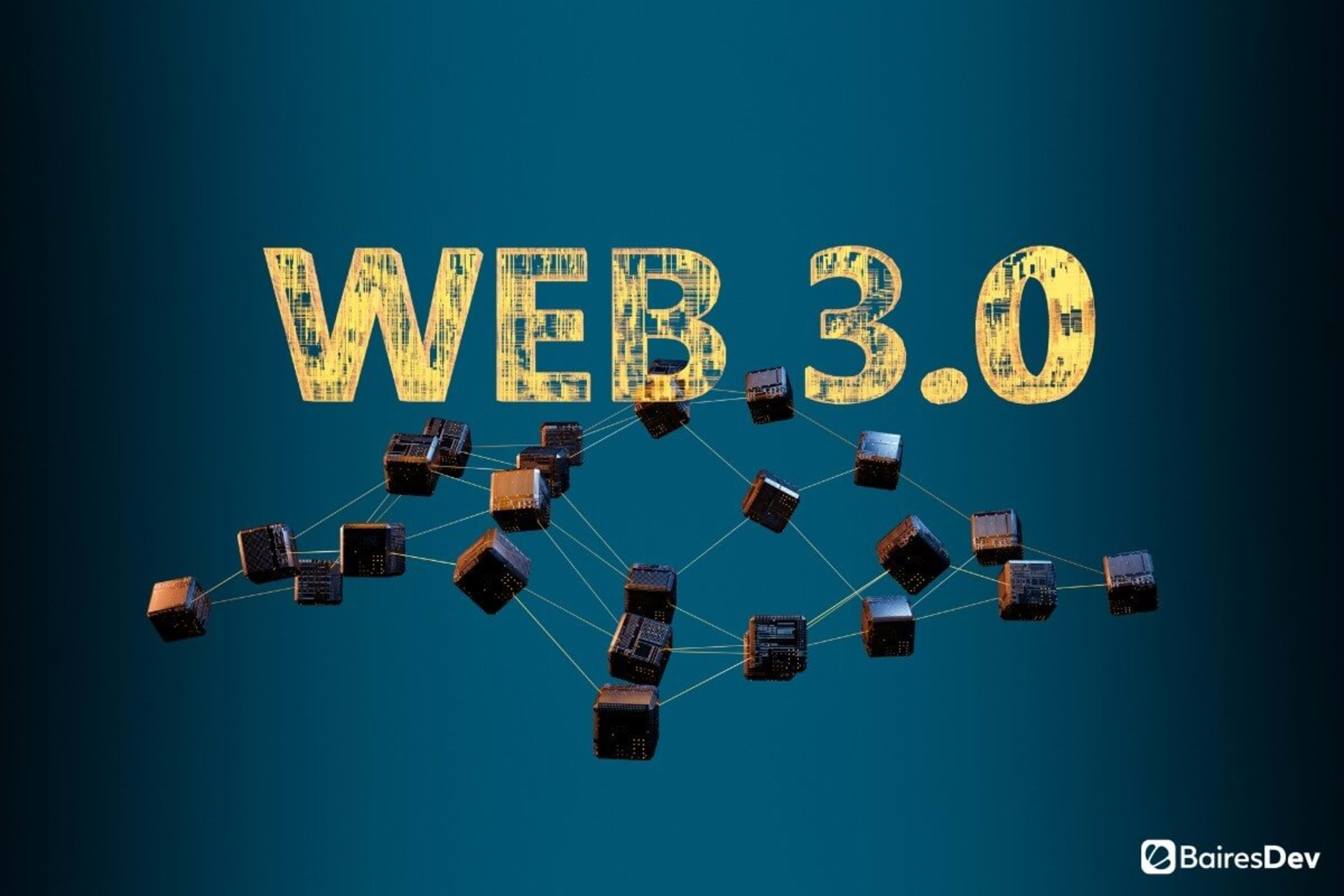The internet has undergone many changes since its inception, but the next evolution, Web 3.0, promises to be the most transformative yet. Built on technologies such as blockchain, decentralized storage, and peer-to-peer networking, Web 3.0 aims to create a more decentralized, user-centric, and privacy-focused web.
If you’re new to the world of the internet, you may have heard terms like Web 1.0, Web 2.0, and Web 3.0 being thrown around. These terms describe the different stages of the internet’s evolution, and understanding them can be helpful in understanding how the internet has changed over the years.
Web 1.0, the first generation of the internet, was primarily a static web consisting of simple HTML pages that provided information but had little interactivity or user participation. Web 2.0, the second generation of the internet, brought about a more dynamic and interactive web that enabled user-generated content, social networking, and online collaboration. And now, Web 3.0 is in development and aims to create a more decentralized, secure, and privacy-focused web using emerging technologies like blockchain, artificial intelligence, and the Internet of Things (IoT).
By understanding these different stages of the internet’s evolution, you can get a better idea of how the internet has changed over time and what the future may hold. So, whether you’re a seasoned internet user or just getting started, knowing about Web 1.0, Web 2.0, and Web 3.0 can be helpful in understanding the past, present, and future of the internet.
One of the most significant benefits of Web 3.0 is increased security and privacy. With decentralized storage and peer-to-peer networking, user data can be stored and transmitted securely without the need for centralized servers that are vulnerable to hacking and data breaches. Additionally, Web 3.0 allows for more user control over their data and privacy, enabling users to choose how their data is used and monetized.
Web 3.0 also has the potential to transform various industries, such as finance, healthcare, and education. For example, decentralized finance (DeFi) applications built on Web 3.0 technologies could create a more transparent and secure financial system, while decentralized healthcare applications could allow for more secure and private sharing of medical records. Decentralized education platforms could enable more accessible and affordable education for individuals around the world.
Web 3.0 aims to create a more decentralized, user-centric, and privacy-focused web, which contrasts with the internet we have today in several ways:
- Centralized vs. Decentralized: The internet we have today is largely controlled by a few big companies that operate centralized platforms like Google, Facebook, and Amazon. In contrast, Web 3.0 aims to create a more decentralized internet, where users have greater control over their data and can participate in decentralized networks and marketplaces without relying on intermediaries.
- Privacy vs. Transparency: The internet we have today often comes at the cost of user privacy, with companies collecting data on users without their explicit consent. In contrast, Web 3.0 is designed to be more privacy-focused, with decentralized storage and peer-to-peer networking enabling secure and private communication and data storage.
- Interoperability vs. Walled Gardens: The internet we have today is fragmented into walled gardens, with platforms like Facebook and Twitter not communicating with each other. In contrast, Web 3.0 aims to create a more interoperable internet, where different platforms can seamlessly communicate and interact with each other.
- User Control vs. Corporate Control: The internet we have today is largely controlled by corporations, with users having little control over how their data is collected and used. In contrast, Web 3.0 aims to empower users, with decentralized networks and marketplaces enabling users to control and monetize their own data.
These are just a few examples of the differences between the internet we have today and what Web 3.0 could look like. While there are challenges to overcome in building a decentralized web, the potential benefits for users and various industries are significant.
However, building a decentralized web is not without its challenges. Technical challenges such as scalability and interoperability must be addressed, and there are legal and regulatory challenges to consider as well. Additionally, Web 3.0 has the potential to disrupt traditional intermediaries such as social media platforms and search engines, which may resist the change.
In conclusion, Web 3.0 has the potential to transform the internet as we know it, creating a more secure, private, and user-centric web. While there are challenges to overcome, the benefits could be significant for individuals and various industries. To learn more about Web 3.0 and other topics related to emerging technologies, visit our home page for more content.

